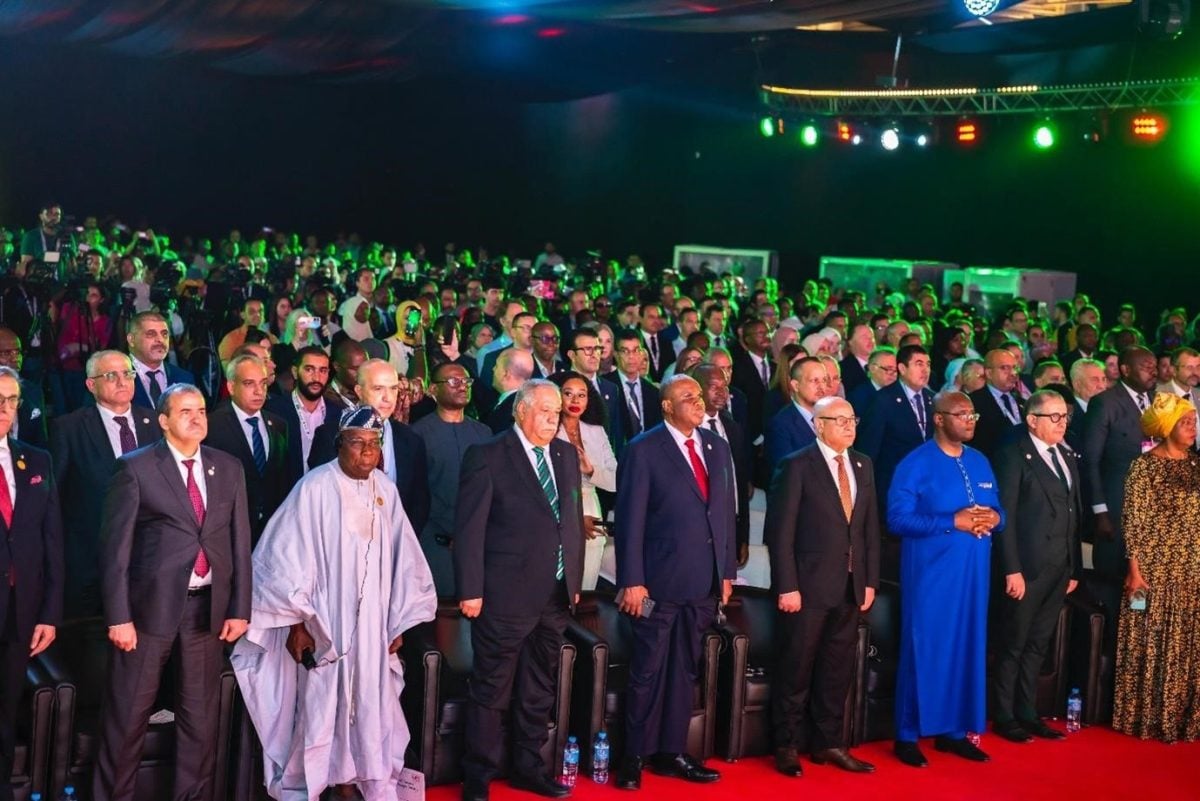
Monday, 15th September 2025

非洲记者报道
The Intra-African Trade Fair has outgrown being an event and has become an institution. That reality crystallised in Algiers this week when the IATF Advisory Council confirmed Harare as home to a new independent headquarters for the fair, formalising a platform that has brokered tens of billions of dollars in trade and now wants to work the other 720 days between editions. Former Nigerian president Olusegun Obasanjo, who chairs the IATF Advisory Council, framed the move as the logical next step in an eight-year experiment that has already reshaped AfCFTA-era dealmaking.
The scale that demanded permanence was on show. IATF2025 closed with a record $48.3 billion in signed deals, 112,000 attendees and 2,148 exhibitors, numbers that push the fair past spectacle and into infrastructure. Those figures are more than bragging rights; they are the raw material for pipelines, matchmaking, after-care and repeatable templates that lenders, buyers and governments can rely on. A headquarters gives that machinery a physical brain and a street address, and Harare has won the right to host it.
Afreximbank—architect and underwriter of the fair alongside the African Union Commission and the AfCFTA Secretariat—spelled out what “institutionalisation” means. The new stand-alone, treaty-based entity, often referenced in Algiers as IATFCO, will carry the fair’s mandate full-time, while Afreximbank keeps the financial plumbing humming through instruments like guarantees, factoring and project preparation. Lagos has already been confirmed to host the next edition in 2027, but the signal from Algiers is that the show no longer sleeps between curtain calls.
For East African exporters—and especially Tanzanian firms in agriprocessing, fertilisers, textiles, leather, batteries and the blue economy—the Harare HQ changes tempo. Instead of sprinting toward a biennial deadline, companies can work a year-round calendar: pre-qualify for buyer missions, align documentation with AfCFTA rules of origin months in advance, and use the headquarters as a concierge for market entry and dispute resolution. The symbolism matters too. A Southern African capital anchoring a pan-continental marketplace nudges the region’s trade corridors to think beyond north-south or east-west rivalries and to build practical bridges—Dar es Salaam to Lubumbashi, Tanga to Ndola, Mombasa to Gweru—where logistics, warehousing and standards bodies talk to each other in the same operating language.
Obasanjo’s broader message in Algiers—trade more with each other and, where sensible, in local currencies—lands differently when there is a permanent venue tasked with turning sermons into contracts. A headquarters can convene central bankers on payment systems, herd customs authorities into harmonising forms, and keep buyers and sellers honest with post-fair tracking. The fair’s first four editions taught Africa how to throw a marketplace. The Harare HQ is how Africa learns to keep it open.
The politics of the decision will be parsed—Zimbabwe’s bid beat out a field of suitors and will be measured against delivery—but the commercial opportunity for the rest of the continent is uncomplicated. If Harare succeeds, the IATF becomes a continuously running factory for intra-African business, staffed with people who wake up every day to turn a memorandum into a shipment. East African CEOs should move quickly to map account plans to the new centre, embed relationship managers in its corridors, and treat the road to Lagos 2027 not as a countdown but as a conveyor belt. In Algiers, the IATF promised Africa a permanent address for its ambition. Harare now has to make it a home


